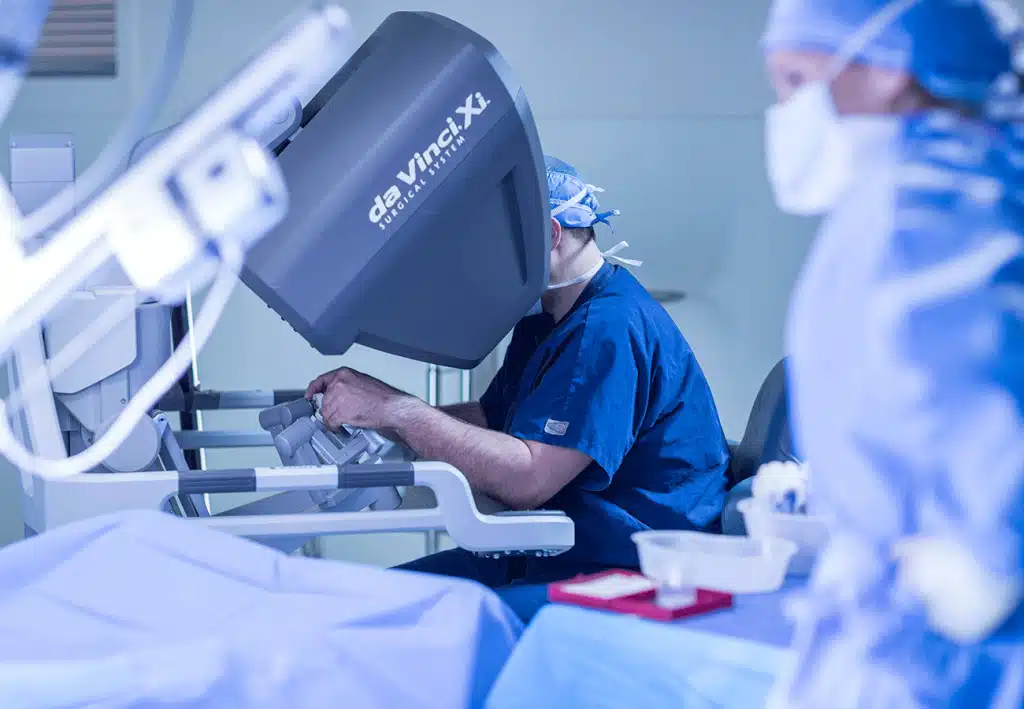3650 NW 82nd Avenue, Suite 502, Miami, FL 33166
Robotic Nephrectomy Treatment Miami Florida

Medically Reviewed By
Dr. Shirin Razdan
Dr. Shirin Razdan is the director of the robotic surgery department at the Comprehensive Urological Surgery Institute in Miami, Florida. She is one of the leading and world renowned robotic surgeons in the United States who completed her medical education from Icahn School of Medicine at Mount Sinai Hospital, New York and has undergone subspecialty training in Urologic Oncology and Robotic Surgery.


 Robotic nephrectomy is one of the advancements in urological surgery that offers precision treatment of conditions related to the kidney. This treatment offers a minimally invasive approach for the kidney removal procedures. This surgical procedure uses advanced robotic technology that results in possible outcomes and offers reduced recovery time. In this procedure, the capabilities of modern robotic technology and the expertise of skilled and experienced surgeons have improved overall surgical outcomes for patients suffering from kidney conditions.
Robotic nephrectomy is one of the advancements in urological surgery that offers precision treatment of conditions related to the kidney. This treatment offers a minimally invasive approach for the kidney removal procedures. This surgical procedure uses advanced robotic technology that results in possible outcomes and offers reduced recovery time. In this procedure, the capabilities of modern robotic technology and the expertise of skilled and experienced surgeons have improved overall surgical outcomes for patients suffering from kidney conditions.